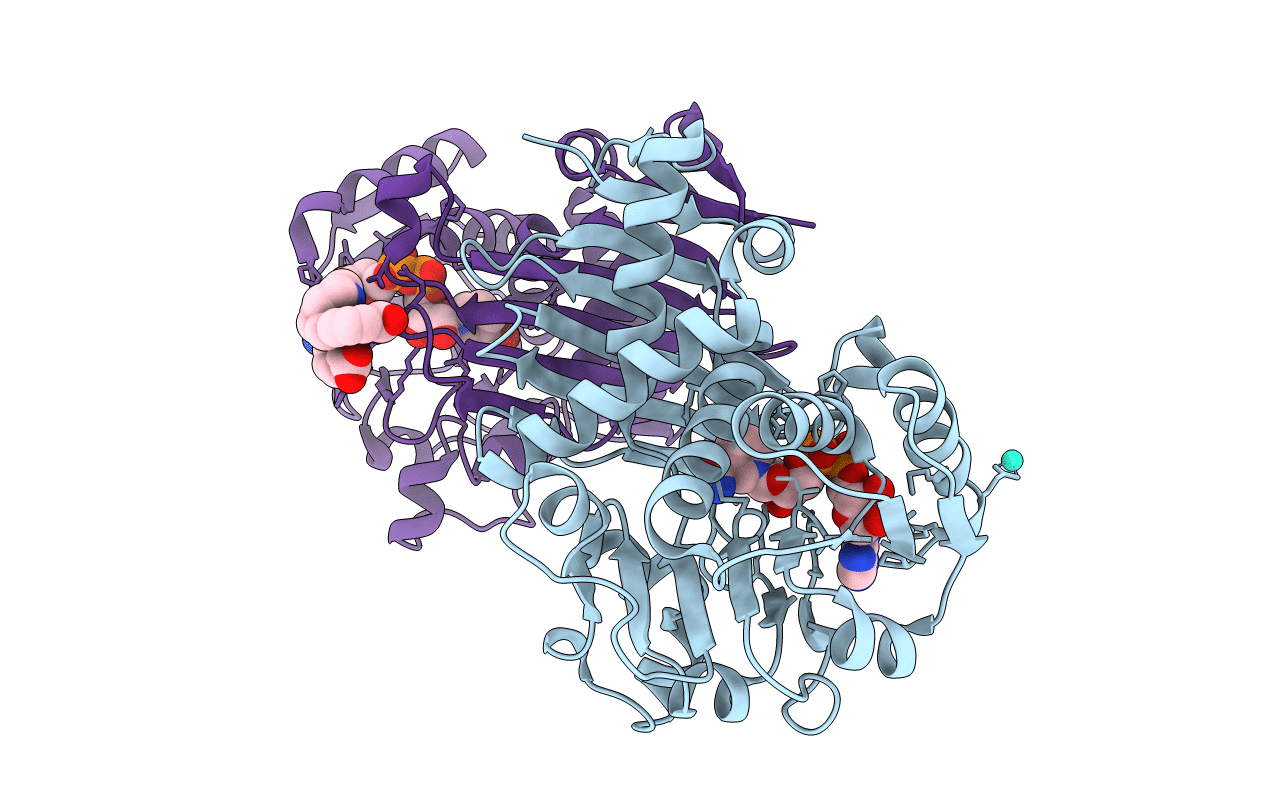
Deposition Date
2019-05-15
Release Date
2019-08-14
Last Version Date
2024-01-24
Entry Detail
PDB ID:
6RQA
Keywords:
Title:
Crystal structure of the iminosuccinate reductase of Paracoccus denitrificans in complex with NAD+
Biological Source:
Source Organism:
Paracoccus denitrificans (strain Pd 1222) (Taxon ID: 318586)
Host Organism:
Method Details:
Experimental Method:
Resolution:
2.56 Å
R-Value Free:
0.22
R-Value Work:
0.17
R-Value Observed:
0.18
Space Group:
P 21 21 21


